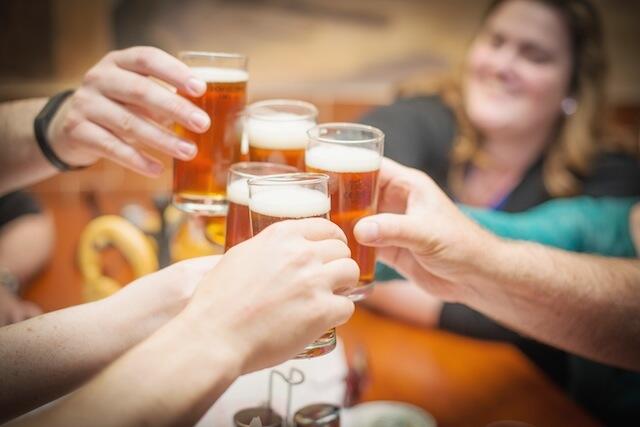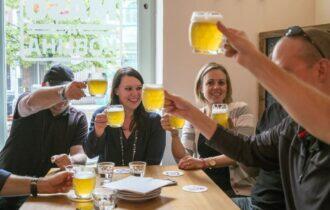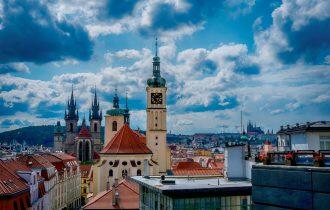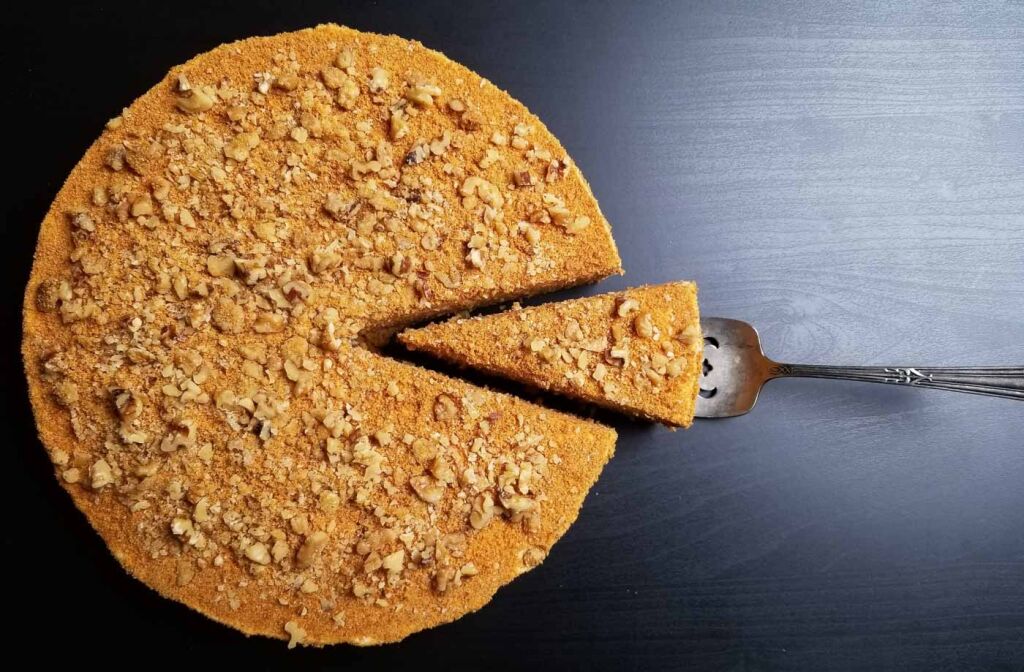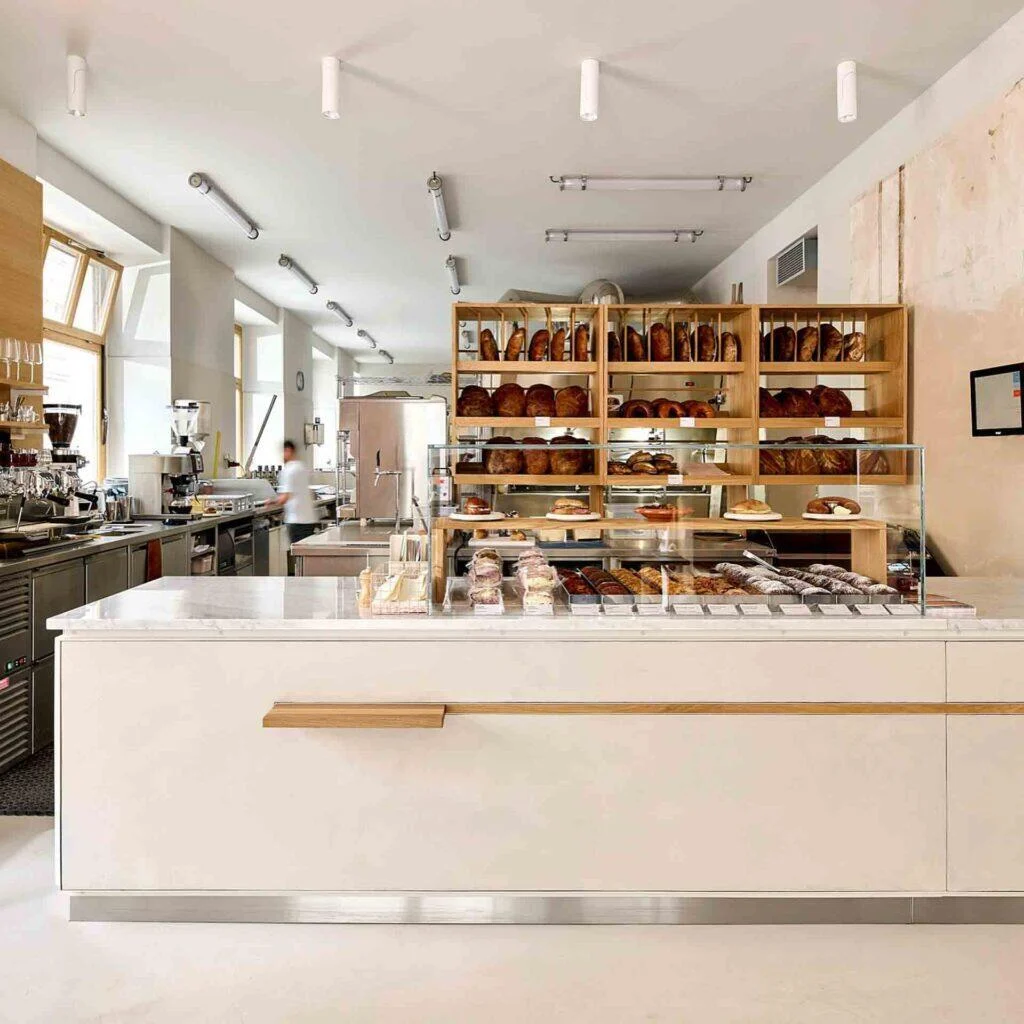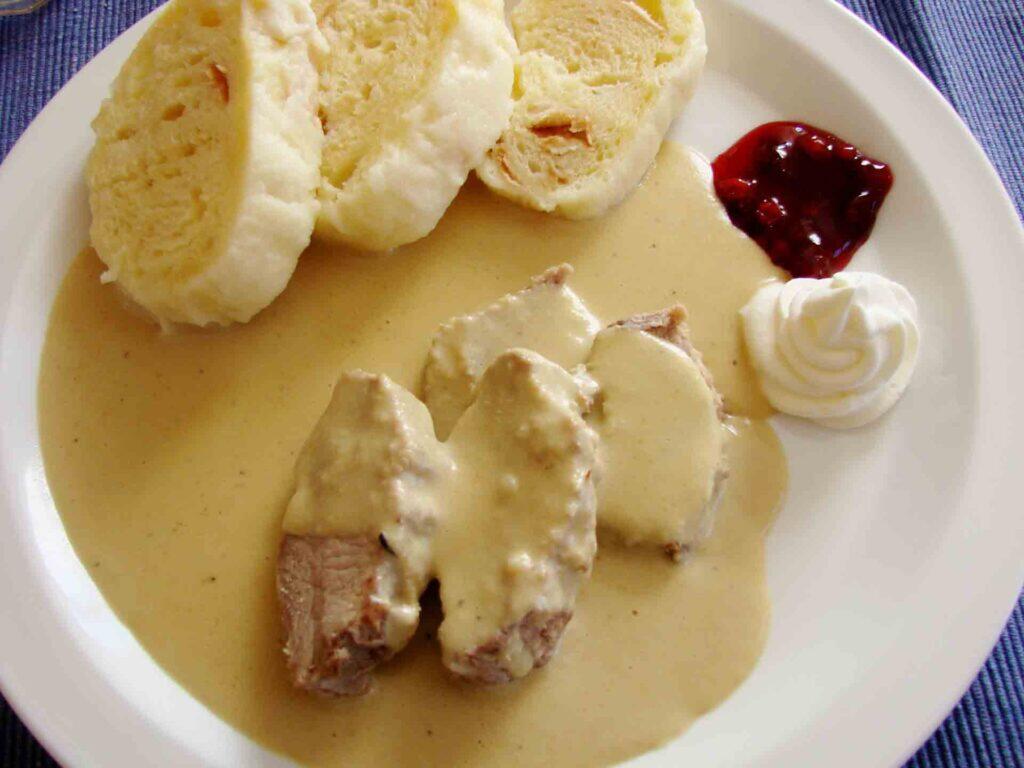The Czech Republic is a paradise for beer lovers. Some of the best beer in the world is produced here, and the pubs throughout the country are full of appreciative drinkers. Get to know these Czech beer facts for a sense of how important pivo is to the local culture.
Czech Beer Fact 1. The Czech Republic drinks more beer per capita than any other nation in the world.
Let’s start with the big one. No matter which global beer survey you come across, the Czech Republic sits on top. One of the most reliable is performed by the Kirin brewery in Japan, and the Czech Republic has been #1 every year since they started measuring global beer trends 21 years ago. Here’s a Czech Beer Fact for you: In 2013, the average Czech person drank 147 liters, nearly 40 liters more than any other nationality. (The average American drinks 76 liters per year, and the average UK resident consumes 67 liters). That works out to more than a 12-oz. (355 ml) beer each day for every Czech man, woman and child.
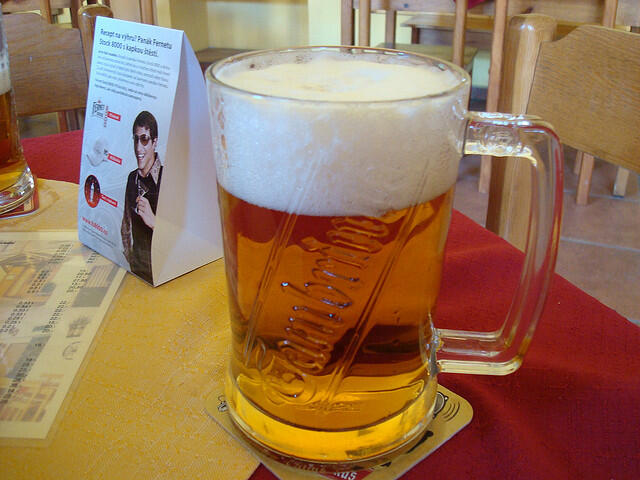
2. Nearly everyone here, even famous politicians and authors, is obsessed with beer.
If you ask most Czechs, they don’t put beer in the same alcoholic category with wine and spirits. It deserves a special category all to itself, and beer is a matter of national pride. Even former President Václav Havel commented that Czechs are more reserved than most nationalities because beer drinkers tend to be more passive than those who prefer the harder stuff. Czech Beer Fact: In Jaroslav Hašek’s beloved book The Good Soldier Švejk he remarked that any government who raises the price of beer is sure to collapse, and considering how cheap the beer is here, perhaps most Czech politicians agree!
3. The first brewery in the region opened in 993 AD.
The kingdom of Bohemia, which made up the western half of the present-day Czech Republic, was just as passionate about brewing as their neighbors in Bavaria. Beer was often brewed by monks in monasteries, who were allowed to drink beer during fasting periods. The monastery in the Břevnov district of Prague started brewing beer in the 10th Century, and recently started making beer again after a 120-year hiatus.
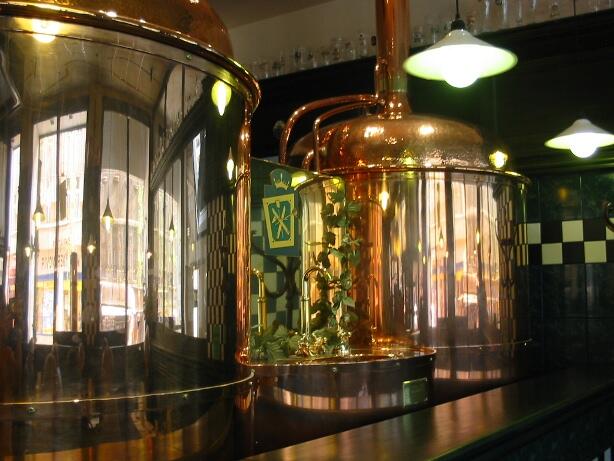
4. The 13th-Century punishment for stealing hops was death.
That was the ruling by King Václav II of Bohemia at the end of the 13th Century. It just goes to show how important hops were (and still are) to the local economy. One reason countries like Germany, the UK and the Czech Republic have long brewing traditions is the fact that hops thrive in cooler climates which get a lot of rain. The Saaz hop (Žatecký chmel in Czech) is considered one of the world’s “noble hops,” and its flavor and character are ideal for Czech-style pilsner and lager.
5. Pilsner-style beer originally comes from a city called Plzeň.
This globally-known style of beer first appeared in the 19th century in Plzeň, currently the 4th-largest city in the Czech Republic. Brewers discovered a bottom-fermenting yeast which produced a golden, more drinkable beer compared to the stronger top-fermented “ales” of the day. Pilsner Urquell started production in 1842, and pilsner-style beer became so popular that most Czech breweries didn’t produce anything else until quite recently. Although its cheaper, slightly weaker little brother Gambrinus outsells Pilsner Urquell, there is no doubt that the “original” pilsner is the most beloved beer in the country.
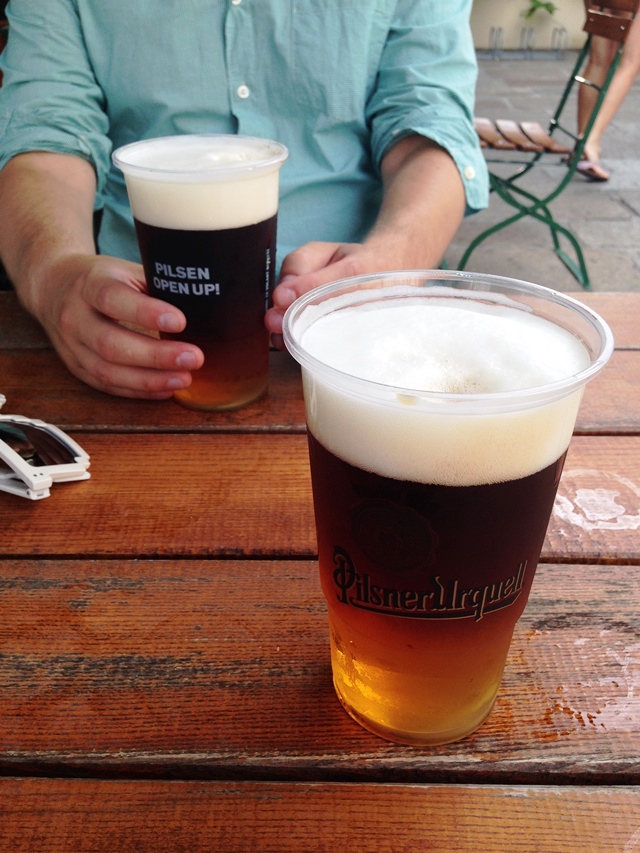
6. The Czech Republic is home to the original Budweiser.
German was the official language for much of Czech history, and is also the language of origin for many beer-related terms. Budweiser is what they called beer from České Budějovice, which is called Budweis in German. Much like Plzeň, it was known for its local style of beer, but it was a German immigrant named Adolphus Busch who emigrated to America, started a brewery and named his flagship beer Budweiser. Anheuser-Busch and the České Budějovice-based Budvar brewery have engaged in many legal battles over the years to determine who has the legal right to use the Budweiser name.
7. Communism severely crippled the Czech brewing industry.
For many centuries, nearly every Czech town and village had their own local brewery. I’ve been told there were over 1,000 breweries in the small nation in the early 20th century, but the brewing industry was nationalized after the fall of the Iron Curtain. The end result was the rise of larger breweries and mass-produced beer, while most of the smaller ones went out of business due to a lack of funds to keep them running. Luckily, the number of smaller microbreweries has been rising steadily over the last decade or two, although there are still fewer today than a century ago.
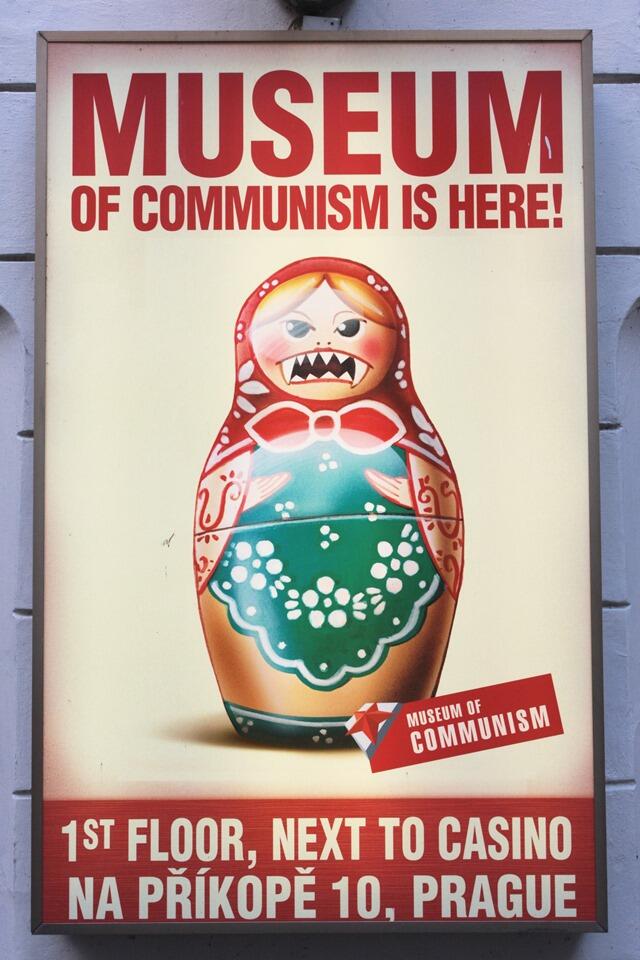
8. Czech beer is categorized in “degrees”.
Some tourists might look at a menu and wonder how the Staropramen 10º differs from the Staropramen 12º. Beer in these parts is categorized according to the Balling scale, which represents the “weight” of liquids. A higher degree means more sugar, which results in a higher alcohol content and a stronger flavor (minus the bitterness, which comes from the hops). While most Czech lagers are either 10 or 12 degrees (approximately 4-5% alcohol content), there are also some special beers which can be 20 degrees or more. In past times, a low-alcohol, 8-degree beer was produced for glassworkers who needed refreshment while working in the sweltering factories.
9. Old-school Czech beer drinkers sometimes prefer more foam than beer.
You may also come across people drinking a glass half-full of foam, with a bit of golden lager at the bottom. No, the bartender isn’t having a rough night or playing a prank. Back in the day it was a common way to test the quality of the beer, where you experience both the sweet taste of the foam and the bitter flavor of the beer. Šnyt beer, from the German schnitt which means a “cut,” is an option for drinkers who want another beer, but don’t want to suffer the indignity of ordering a small one. You can also try a řezané pivo, a “cut beer” in Czech language, which is a 50/50 mixture of light and dark lagers.
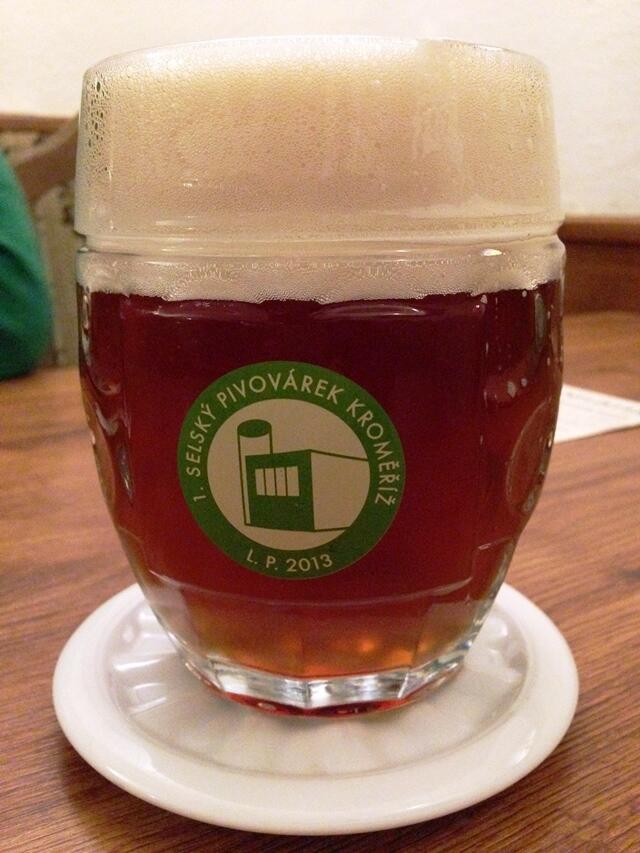
10. Early to the pub, early to leave.
Many of Prague’s most famed beer pubs, like U Zlatého Tygra, U Fleků and U Hrocha, fill up quickly in the late afternoon and close at 11 pm or midnight. This is because beer halls are considered places to socialize with friends or colleagues, not places to party all night. Reservations are always recommended, but if you don’t have one try going before 5 or 6 pm when tables start filling up. Or if you spot an empty space at a table, ask the locals if you can squeeze in. A great way to make new friends!
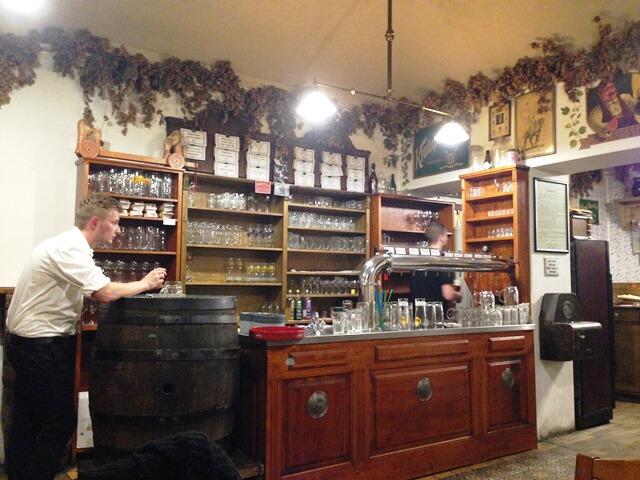
11. Know your Czech beer etiquette!
As you will notice, Czechs take their beer very seriously. First of all, use a beer coaster whenever they are available. Your waiter or waitress will appreciate you laying them down before he/she serves your cold ones. When you toast, say “na zdraví,” which roughly means “to your health” in English. Be sure to make eye contact with each person as you touch glasses (rumor has it 7 years of bad sex will afflict anyone who doesn’t), and if toasting in a larger group it is bad form to cross arms with anyone else at the table. Lastly, when ordering beer at the bar, use your thumb to represent “1” beer, your thumb and forefinger for “2,” and so forth.
A trip to the Czech Republic is not complete without drinking some great lager in a proper Czech pub. Hopefully these Czech beer facts give you a sense of how important beer is to the local culture, and will help you blend in with the locals on your next visit. So, enjoy your visit and na zdraví! To get started, read this post to find the best beer in Prague!

